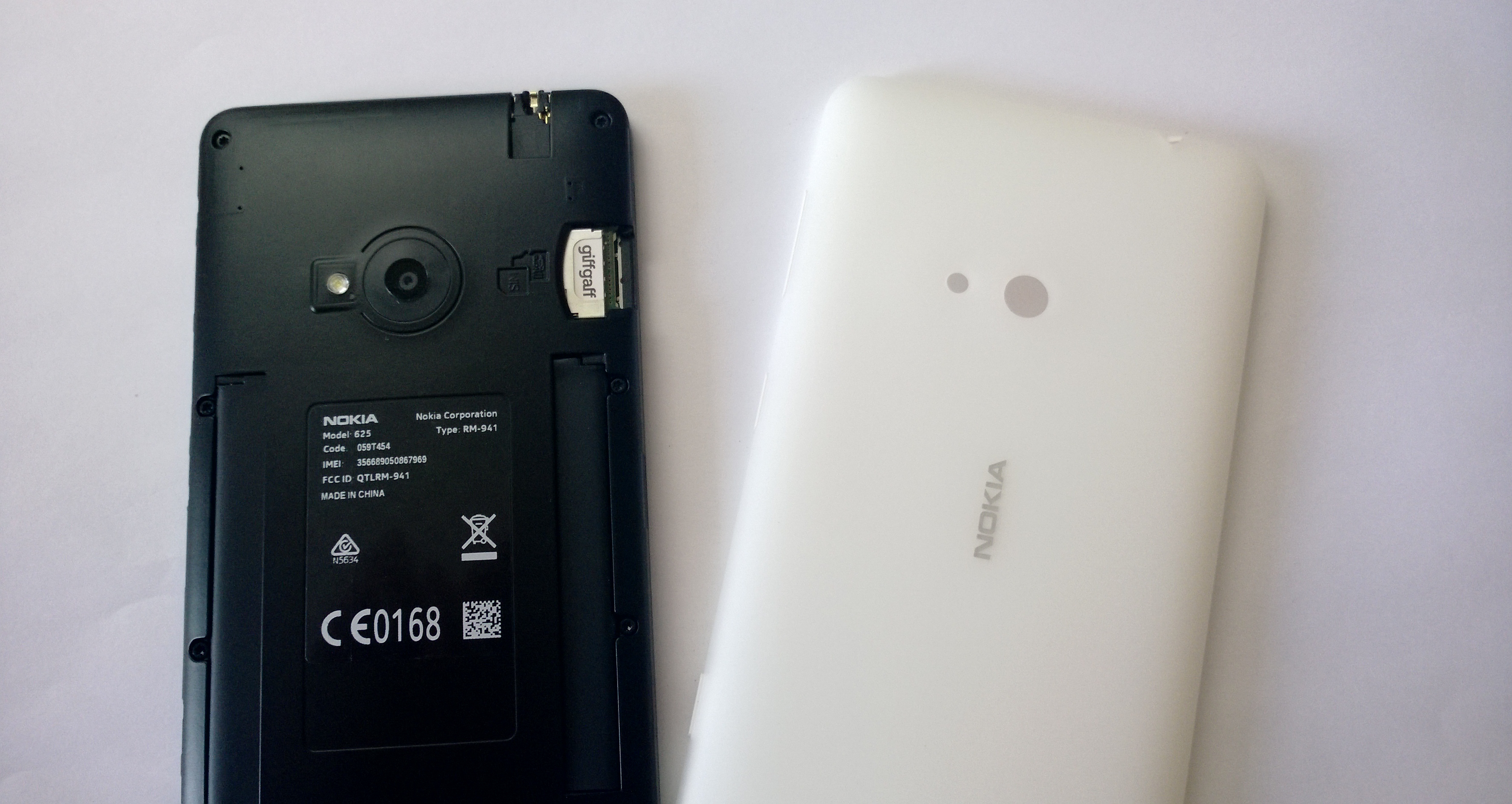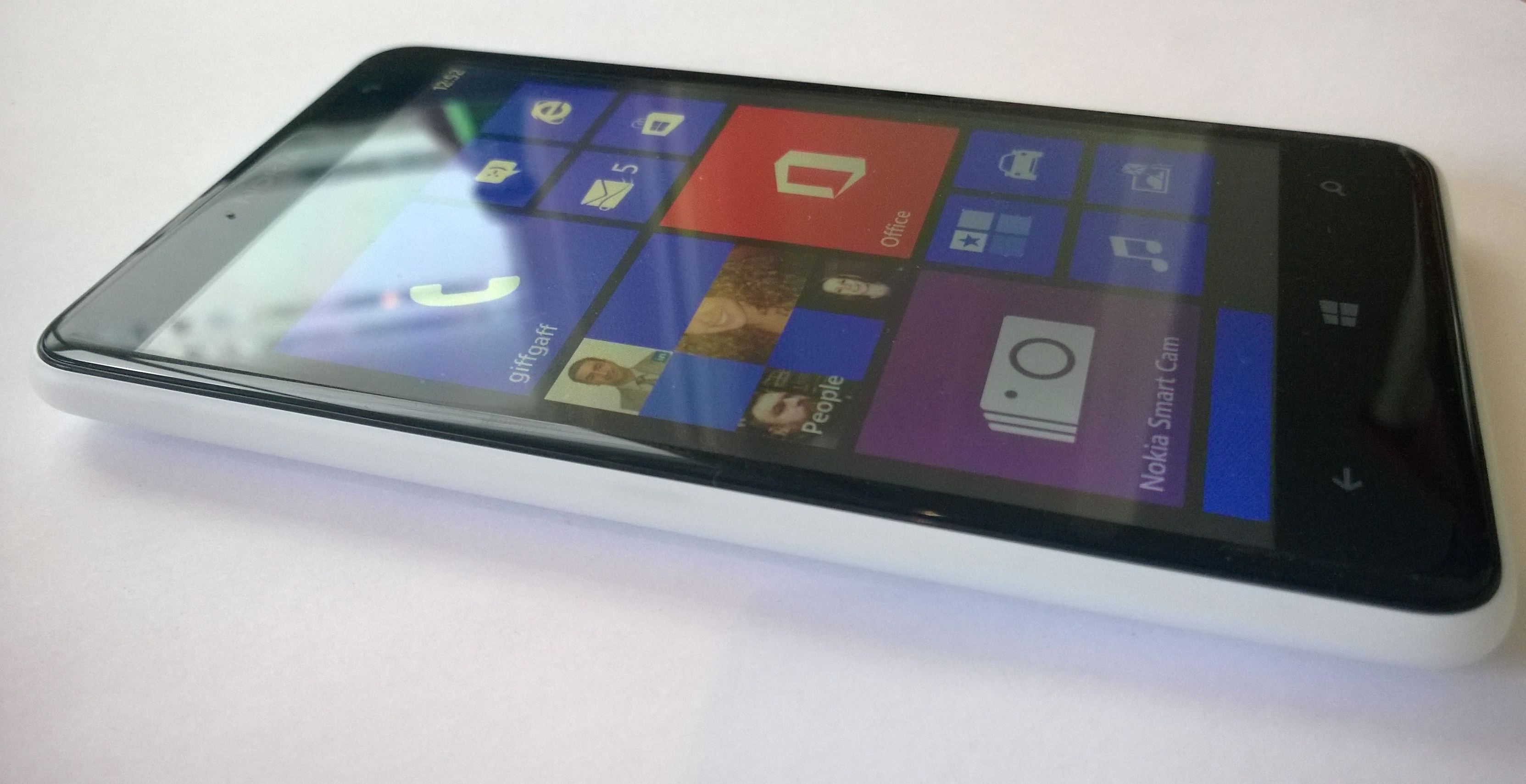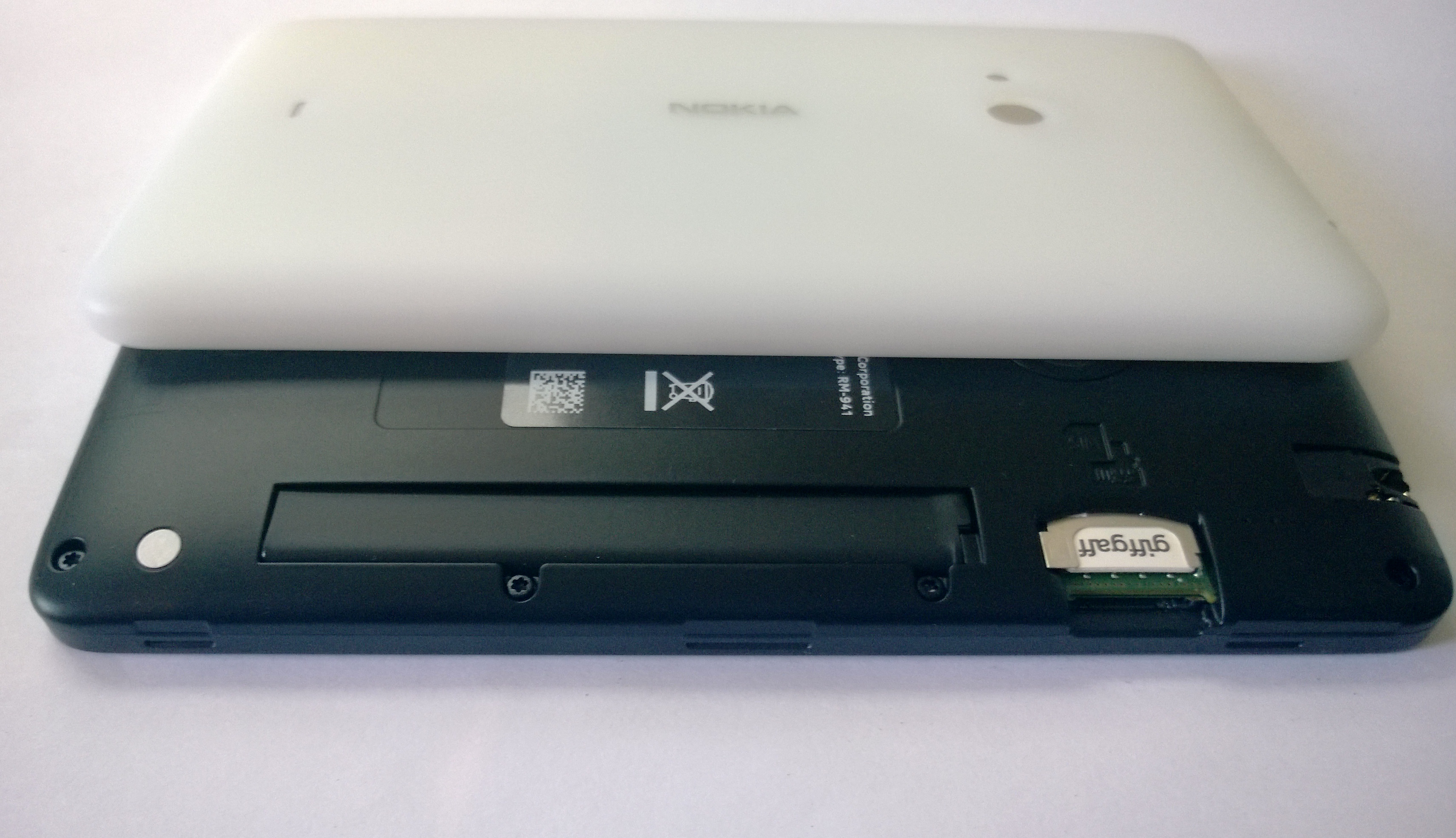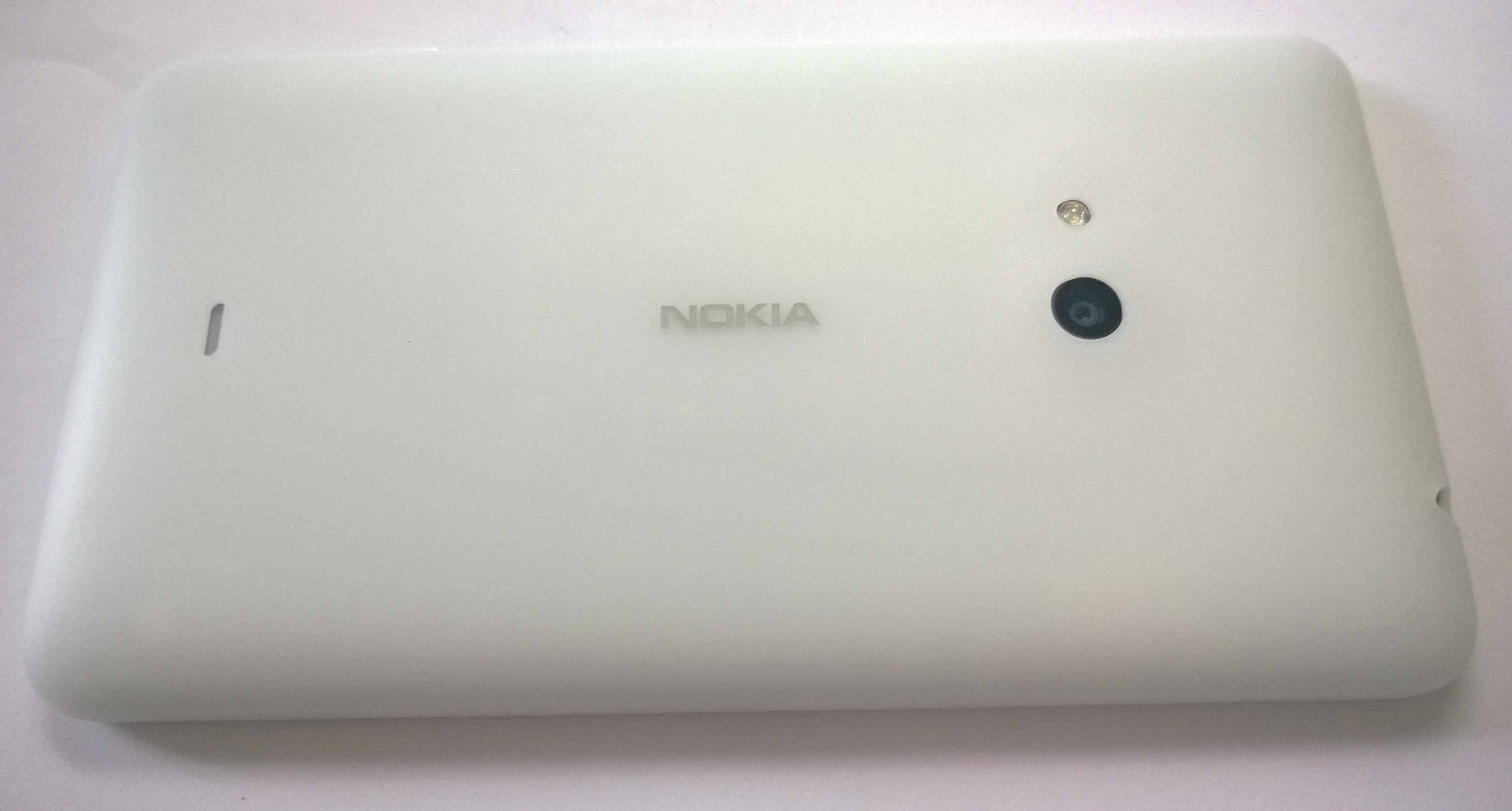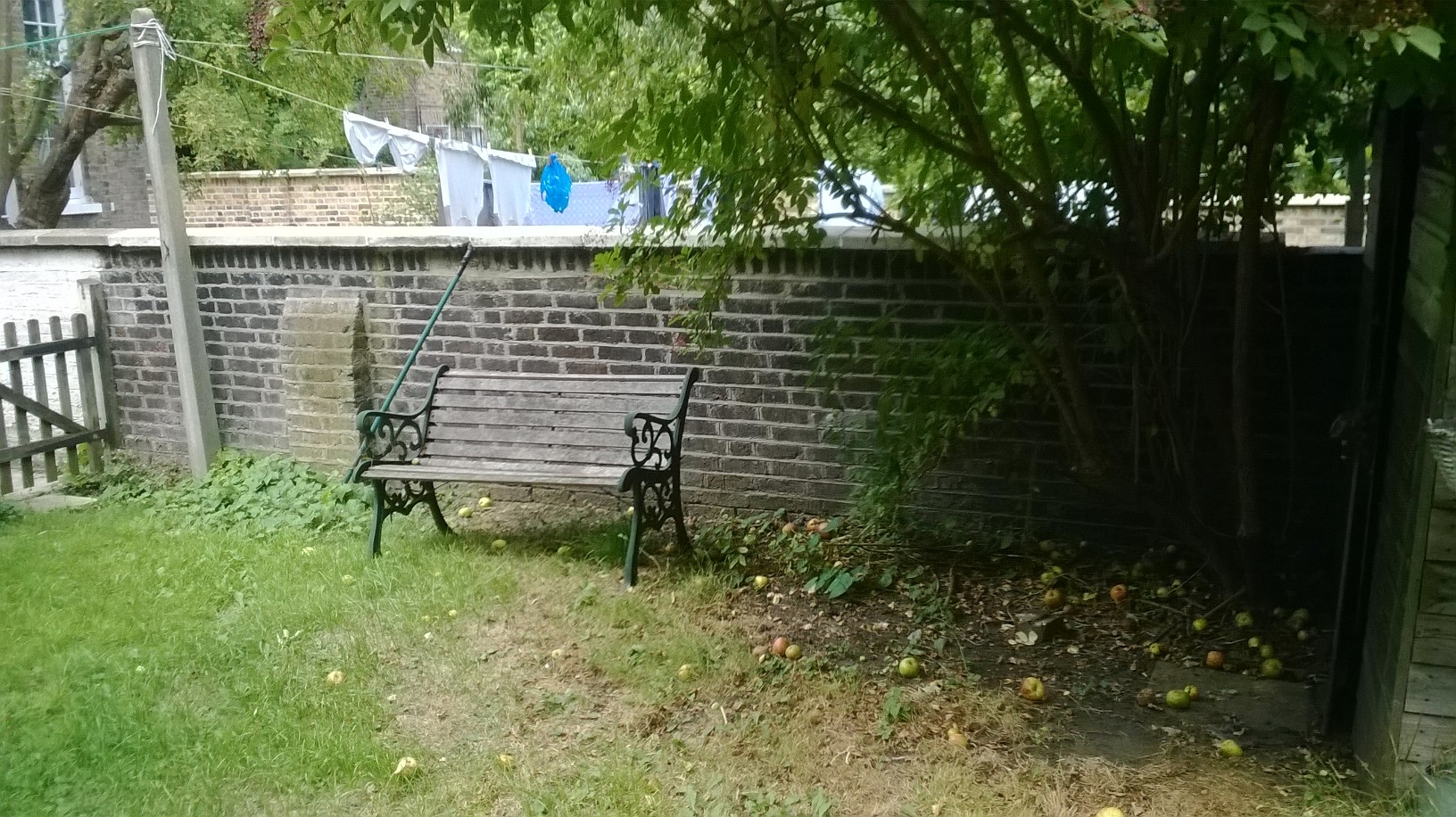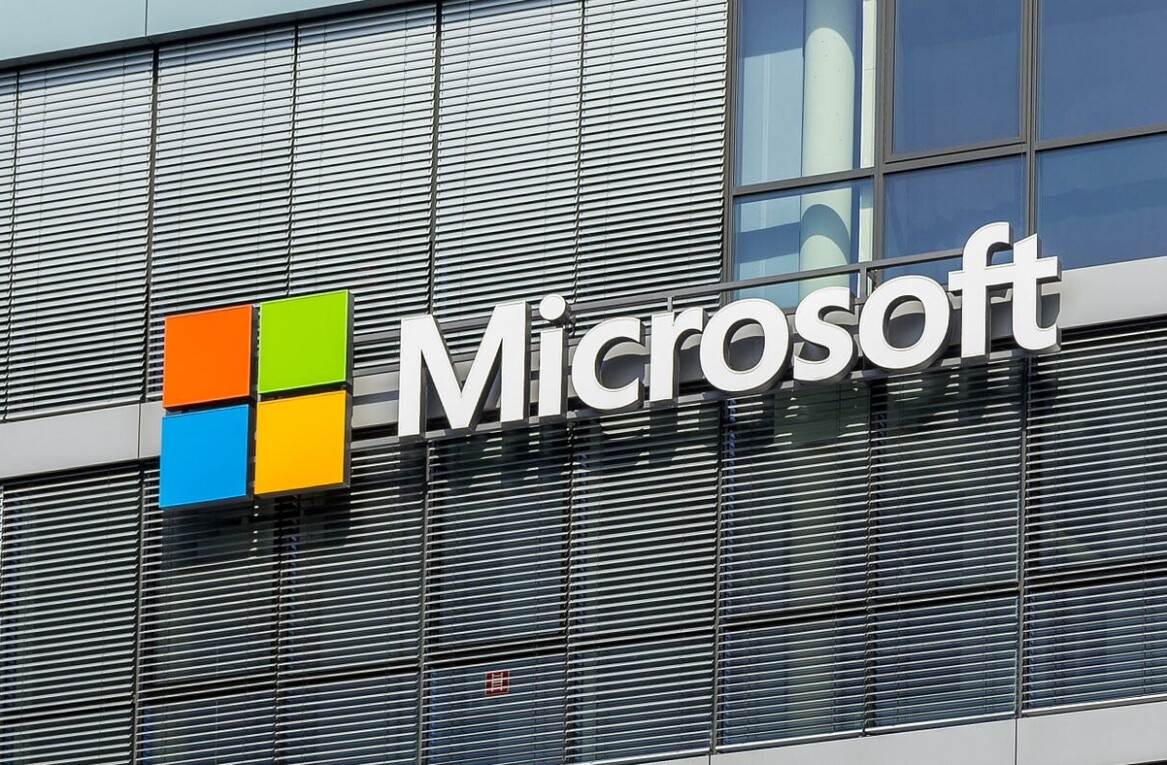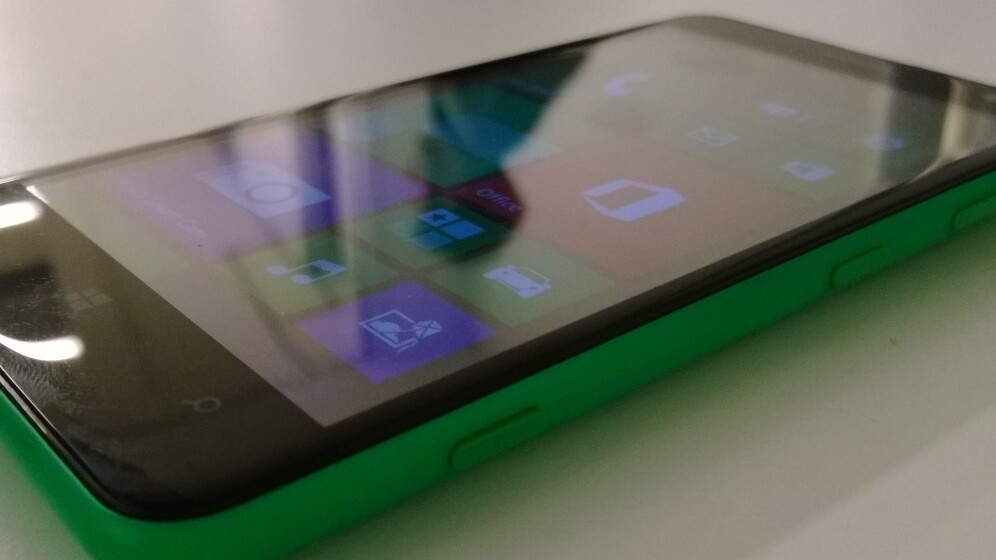
The Lumia 625 is Nokia’s newest mid-range warrior. A device to bring Windows Phone 8 to the masses without breaking the bank and another weapon in its armoury to take on the middling Androids. Or so Nokia hopes.
With a recently-launched flagship in the form of the Lumia 1020, the Lumia 625 needs to be able to go up against slightly more expensive rivals such as the 8GB Nexus 4, currently priced at around £240.
That said, there seems to be some confusion around the off-contract pricing of the Lumia 625. When it was announced as available to buy on contract, Nokia said it would be available on pay-as-you-go (PAYG) for £179. A quick check on Amazon, however, reveals a pre-order price of £315 for when it is scheduled to be released on August 29. Exactly what this figure ends up being will be critical to its success.
For now, however, let’s take a look at the phone itself.
Design
The design of the handset, while generally true to Nokia’s recent Lumia form, departs from the 620’s which is little surprise given the gaping differences between the devices. There’s no real line of continuity between the two, nor was there supposed to be.
When you first pick up the Lumia 625, it doesn’t give you the feeling you’re using a high-end smartphone, but that’s not to say that the design hasn’t been considered.
Like some other members of the Lumia range, the 625 uses a curved screen edge around the outside of its 4.7-inch display, which helps the in-hand feel and the overall look. I wasn’t keen on the square-edged screens of last year, such as the one found on the Lumia 910.
The most notable factor about its design is that it offers up interchangeable rear covers, removed by simply prying the back off – usually best achieved by starting in one of the corners. It’s not an elegant solution, but it also doesn’t leave you with much fear of damaging the phone.
What having a removable cover does mean, however, is that you can slot in a microSD card to bolster that 8GB of internal storage, about 4.5GB of which is actually usable out of the box. Unfortunately, while you might assume that means the battery is removable too, this isn’t the case.
Official specs pit the Lumia 625 as measuring 133.2 x 72.2 x 9.2mm and weighing in at a not insubstantial 159 grams. While not the thinnest at 9.2mm, it was certainly the weight I noticed more. Still, it’s not unbearably or uncomfortably heavy or large.
Software
The Lumia 625 runs Windows Phone 8 and also includes some of the apps found on more expensive devices in the family, such as Nokia’s Smart Cam application, Data Sense and HERE Maps (which is also available on rival platforms).
As most Windows Phone 8 devices pretty much run the same software and behave in the same way, current users of the platform will find themselves right at home.
The downside to that, of course, is that Windows Phone, while getting better, is still lacking in the app department. If you’re an Instagram or Vine addict, you’ll need to look elsewhere.
As with all Windows Phone 8 handsets, the UI is straightforward for new users but provides nice touches like the resizable Live Tiles, if you like that sort of thing.
However, while Microsoft’s mobile OS is improving in app support, it’s still not there yet and it really needs to be…. what’s that expression? Apps maketh a platform? Something like that. No amount of eye candy is going to distract me from the fact that I can’t access the apps I want.
It doesn’t include Nokia’s Glance Screen app either, which is a shame.
Hardware
The Lumia 625 feels sturdy and reliable, rather than sleek and chic. Obviously, a bit of a plasticky feeling is to be expected with that interchangeable rear cover, but ultimately you’re not left feeling that you’re holding a cheap phone.
Under-the-bonnet there’s a 1.2GHz dual-core Snapdragon S4 processor which keeps things ticking along nicely; screen lag was thankfully absent and scrolling around was certainly smooth.
However, perhaps one of the biggest flaws in the Lumia 625 is the display.
At 4.7-inches it’s certainly large enough, but with a resolution of just 800 x 480 things can be left looking less than perfect. It’s not horribly pixelated at 202PPI and the IPS (in-plane switching) certainly helps viewing angles, but it’s not the best out there either.
The display does, however, feature Nokia’s super sensitive touch technology, meaning it responds to the lightest of brushes and will work when wearing gloves.
There’s all kinds of other standard smartphone fare on-board, like WiFi, A-GPS, Bluetooth 4.0 etc. but what most other mid-range smartphones can’t offer right now is 4G connectivity. Thankfully for the Lumia 625, it can and does.
Actual call quality is good, with no reports of muffled speech on the other end and battery life was pretty respectable in real-world testing. Watching two and a half hours of YouTube (while connected to WiFi, and with Bluetooth switched on) burnt through about 50 percent or so of the battery, but with a less demanding user it’ll happily sit there for days, at least it will while on standby.
Camera
The camera was another area that disappointed me a little. It’s not that it’s worse than any other mid-range 5-megapixel snapper, but Nokia’s success in associating good cameras with the Lumia brand always causes me to get my hopes up.
That said, Nokia has managed to carry over some of its low-light prowess from other Lumia incarnations, giving it a slight edge over some rivals. Overall, particularly in well-lit conditions, the pictures don’t look too bad, but they aren’t going to wow you either.
The snap below was taken with a Lumia 625 with standard settings.
For comparison, here’s one taken at the same time with an HTC One.
I’m no photographer, however, so while the Lumia’s snapper certainly isn’t the best out there, it wouldn’t be a deal-breaker for me. People that want to throw away their point-and-shoot cameras and get this instead might want to give it a test-run first.
As mentioned previously, the 625 does include things like Nokia’s Smart Cam and Cinemegraph ‘lenses’ which softens the blow a little as to the overall functionality of the camera and brings it closer to parity with other members of the family.
Should I buy one?
That’s a tough question to answer without having a guaranteed SIM-free price, but taking Nokia at its word, the handset should be available on PAYG for around £180.
For that kind of cash, it’s hard to see what’s not to like, particularly if you’re trying to get a 4G capable handset without spending ‘hero’ device prices.
However, the phone is by no means perfect. The low resolution display is slightly contrary to what you’d want to use a large-screened device for, ie. watching movies and looking at pictures. In fact, you’d be better off looking at any pictures you take using the Lumia 625 on an external screen.
Worse than minor foibles though, the phone leaves me with little impression of anything whatsoever. It’s about as middle-of-the-road as you can get if you just look at the spec list, and actually using it pretty much supports that. It leaves very little impression either way.
There’s little that’s majorly wrong with the Lumia 625. The camera won’t be sufficient for some and the display will disappoint others, but if you’re looking for a solid 4G-capable smartphone on a relative budget, you could do worse than consider the Lumia 625 in the running. If you’re a stickler for those two things though, you’ll want to keep on searching.
Get the TNW newsletter
Get the most important tech news in your inbox each week.

